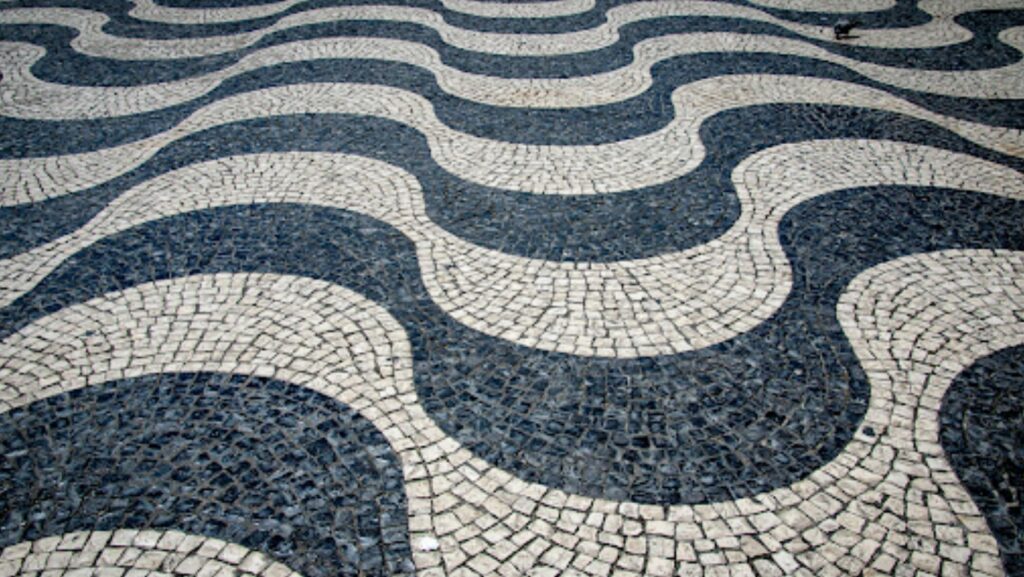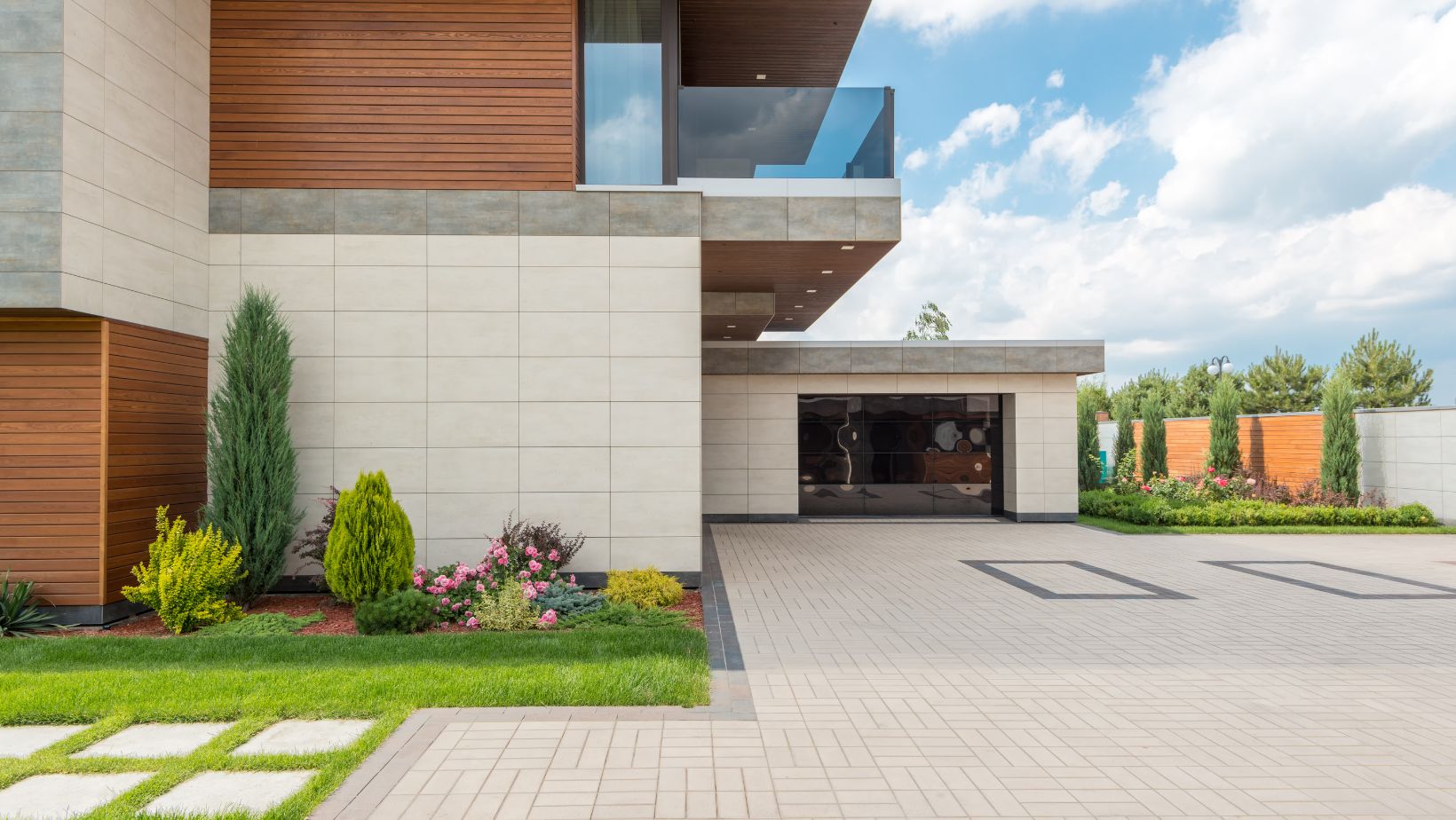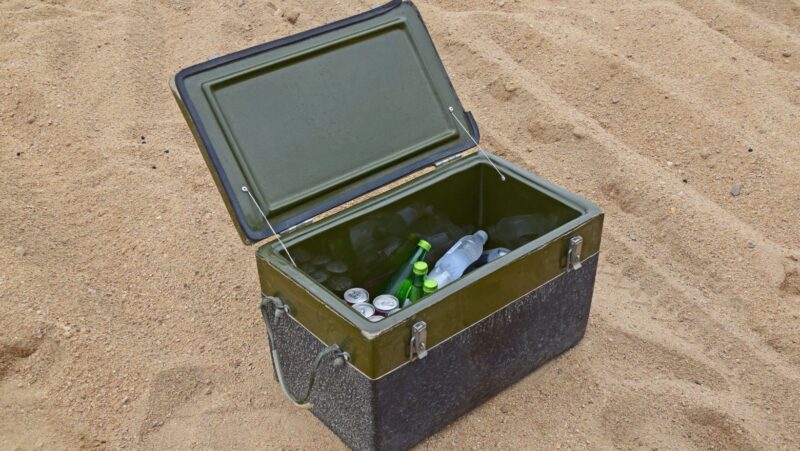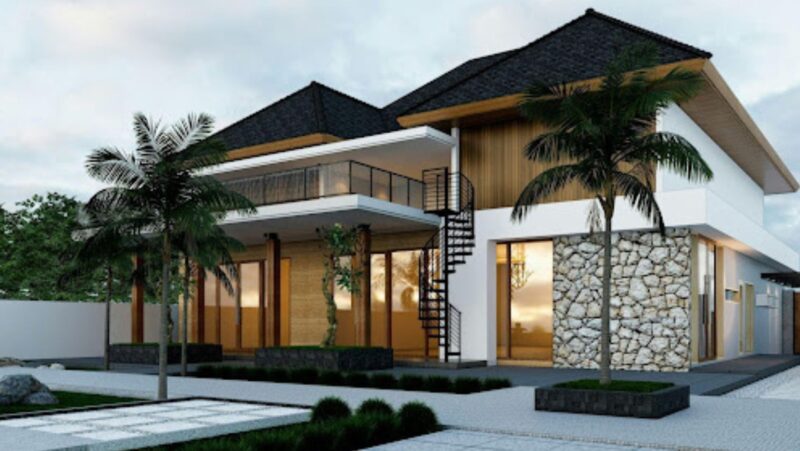
When it comes to designing functional and visually compelling outdoor spaces, tile is an often underestimated material. Architects who understand the nuances of outdoor tile—from material selection to layout planning and performance longevity—can significantly enhance both the aesthetics and durability of patios, walkways, rooftops, and other external environments.
Bringing this simple guide crafted specifically for architects and design professionals who want to integrate outdoor tile with precision, style, and structural integrity.
Why Outdoor Tile Is a Smart Architectural Choice
Outdoor tiles are more than a cosmetic upgrade—they are a powerful design tool. They serve to define zones, improve surface durability, enable easy drainage, and elevate the sensory experience of a space.
Whether you’re designing a boutique hotel rooftop, a residential cozy patio, or the shared courtyard of a multi-family development, outdoor tile offers an unmatched combination of longevity, visual appeal, and adaptability.
Key Architectural Benefits of Outdoor Tile
- Weather Resistance
Outdoor tiles are engineered to withstand a variety of environmental conditions—from intense UV exposure to heavy rains and freezing temperatures. This makes them a reliable surface material in all climates, helping structures age more gracefully with less need for replacement or repair.
- Low Maintenance
Unlike wood decking or loose gravel, most outdoor tile options require minimal upkeep. Many are stain-resistant, mold-resistant, and easy to clean, making them ideal for both private residences and high-traffic commercial settings.
- Visual Continuity from Indoors to Outdoors
With indoor-outdoor living becoming a hallmark of contemporary architecture, outdoor tiles enable seamless transitions from interior flooring to exterior patios, balconies, or pool decks. Matching or complementing interior tile patterns with outdoor versions fosters a cohesive, expansive design language.
- Material Diversity to Match Architectural Styles
From the rustic charm of natural slate to the sleek minimalism of large-format porcelain, tiles come in a wide array of textures, colors, and finishes. This allows architects to match or contrast the material palette of a building’s exterior and interior, enhancing thematic consistency or bold visual statements.
2. Choosing the Right Materials
Selecting the correct tile material when choosing the tiles for your home is crucial, especially outdoors. Here are the top contenders, each with its architectural strengths:
a. Porcelain Tile
- Durability: Extremely dense and less porous, making it ideal for all weather conditions.
- Frost Resistance: Available in frost-proof versions for cold climates.
- Aesthetic Flexibility: Can mimic wood, stone, or concrete finishes.
- Best For: High-traffic patios, pool decks, and rooftop terraces.
b. Natural Stone (Travertine, Slate, Granite)
- Visual Appeal: Offers rich, organic textures and colors.
- Slip Risk: Some stones may require sealing or texturing for slip resistance.
- Climate Sensitivity: Travertine, for instance, performs better in temperate climates.
- Best For: Travertine tiles for outdoor patio settings are ideal in residential or hospitality spaces seeking a warm, timeless look. Also suitable for garden pathways and resort-style landscapes.
c. Concrete Tile
- Customizability: This can be cast in nearly any shape, size, or color.
- Heat Retention: Can get hot under direct sun.
- Cost-Effective: Ideal for large-scale or budget-conscious projects.
- Best For: Stamped concrete tiles are best for urban courtyards, driveways, and commercial entrances.
d. Quarry Tile
- Slip Resistance: Naturally textured, making it safer when wet.
- Low Maintenance: Durable and doesn’t require sealing.
- Color Limitation: Typically available in earthy reds and browns.
- Best For: Rustic-themed patios, outdoor kitchens, covered spaces.
3. Layouts That Influence Function and Form
An outdoor tile layout should be as intentional as a floor plan. The right arrangement can guide movement, delineate zones, and improve water runoff.
a. Grid Pattern
- Clean and Timeless: Aligns well with modern architecture.
- Practicality: Easy installation and material efficiency.
- Pro Tip: Use large-format tiles to create a sense of openness in small spaces.
b. Staggered (Running Bond)
- Organic Flow: Adds visual rhythm to walkways and patios.
- Error Forgiving: More forgiving of minor imperfections or shifts in level.
c. Diagonal Layout
- Visual Interest: Makes narrow areas appear wider.
- Installation Tip: Requires more tile and precision cuts—factor into budgets.
d. Modular or Mixed-Size Patterns
- Architectural Impact: Feels custom and high-end.
- Design Flexibility: Can integrate accent tiles or borders seamlessly.
4. Addressing Performance Over Time
Performance isn’t just about the tile—it’s about the entire system beneath and around it. Here’s what architects should consider for long-term success:
a. Proper Substrate and Drainage
- Use appropriate substrates (concrete slab, compacted gravel, pedestal systems) depending on the location.
- Slope the surface (usually 2%) to direct water away and prevent pooling.
- Incorporate drainage mats or weep holes for rooftop applications.
b. Adhesives and Grouts for Outdoors
- Choose polymer-modified adhesives for better flexibility and bonding in fluctuating temperatures.
- Epoxy or sanded grout options offer weather and stain resistance.
- Expansion joints should be factored into larger tiled areas to accommodate movement.
c. UV and Slip Resistance
- Recommend slip-rated tiles (R11 or higher for wet zones like pool decks).
- UV-resistant finishes will maintain their color over time, especially in sun-exposed areas.
5. Sustainability Considerations
Architects are increasingly being asked to prioritize sustainable materials.
Outdoor tiles can contribute to eco-conscious design in several ways:
- Recycled Content: Many porcelain tiles contain recycled material.
- Thermal Performance: Light-colored tiles can reduce the heat island effect.
- Longevity: Durable tiles reduce the need for replacements and minimize waste.
- Local Sourcing: Reduces transportation emissions—especially for stone or concrete products.
6. Final Recommendations for Architects
- Start with function. Think about drainage, foot traffic, and environmental exposure before aesthetics.
- Coordinate with contractors early. Substrate and layout decisions often need input from builders and tile installers.
- Sample in context. Always test tiles in outdoor light and with surrounding materials.
- Think holistically. Outdoor tile should harmonize with the overall architecture, landscape design, and user experience.
Conclusion
Outdoor tile isn’t just a finishing touch—it’s a foundational element that supports beauty, performance, and architectural integrity. With the right material, layout, and installation strategy, architects can deliver exterior spaces that are not only visually stunning but also built to last.
Whether designing a rooftop escape or a garden-level patio, using tile intentionally ensures your project performs beautifully from the ground up.














